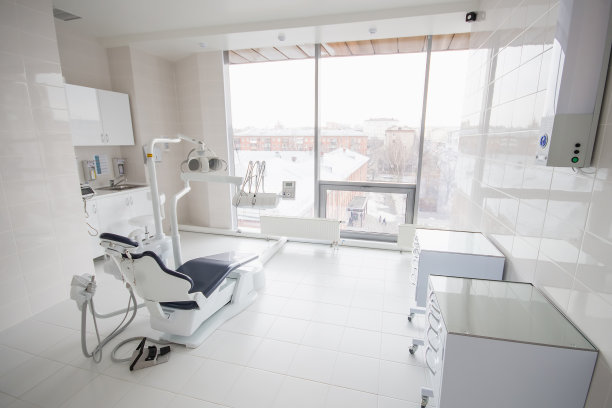Essential Guidelines to Follow for Optimal Care After Receiving a Dental Filling Procedure
Summary: Receiving a dental filling is a common procedure aimed at restoring teeth affected by cavities or decay. However, the post-procedure care is crucial for ensuring optimal healing and maintaining dental health. This article outlines essential guidelines for caring for your dental filling, emphasizing dietary considerations, oral hygiene practices, pain management strategies, and routine check-ups. By following these guidelines, patients can prevent further damage to their teeth, enhance the lifespan of the filling, and maintain overall oral health.
1. Dietary Considerations After Dental Filling

After receiving a dental filling, its essential to be cautious with your diet. For the first 24 hours, it is advisable to avoid chewing on the side of your mouth where the filling was placed. This will allow the filling to settle properly and will prevent any potential dislodgement. Soft foods such as yogurt, smoothies, or mashed potatoes are recommended during this period.
Furthermore, patients should avoid hard, sticky, or very hot foods that could put undue stress on the filling. Foods like nuts, chewy candies, or hot pizza can be detrimental to the integrity of the new filling. Moderating the temperature of foods and beverages will also help minimize sensitivity in the treated area.
Reassessing your diet after the initial healing period is also important. If you notice that certain foods still cause discomfort, it may indicate that further evaluation by your dentist is necessary. Listening to your bodys signals can guide you in protecting your dental work.
2. Importance of Oral Hygiene Practices
Maintaining excellent oral hygiene is crucial after a dental filling. Patients should continue brushing their teeth at least twice a day, making sure to be gentle around the filling. Using a soft-bristled toothbrush can help avoid any irritation to the area while ensuring cleanliness.
Flossing is equally important and should not be neglected. While avoiding the filling area for the first few days may be necessary, gradually including it in your flossing routine will help in preventing plaque buildup. Dental professionals often recommend using waxed dental floss to reduce the likelihood of dislodging or damaging the filling.
Additionally, using an antibacterial mouthwash can help in reducing bacteria and promoting healing around the filled tooth. This extra step complements your brushing and flossing routine, reinforcing the importance of a holistic approach to oral hygiene post-treatment.
3. Effective Pain Management Strategies
Experiencing mild discomfort post-filling is common and can be managed effectively. Over-the-counter pain relievers such as ibuprofen or acetaminophen may help alleviate any soreness. Following the manufacturers dosage guidelines is essential to avoid any complications.
If the pain persists beyond a few days or intensifies, contacting your dentist should be a priority. They can assess whether the discomfort is due to the filling or if a different underlying issue requires attention. Ignoring prolonged pain can lead to more significant problems in the future.
Applying a cold compress to the outside of the mouth can also provide relief. The cold can minimize swelling and numb the area, leading to a more comfortable recovery. Its essential to approach pain management with caution and seek professional guidance when necessary.
4. Scheduling Routine Check-ups
Regular check-ups play a vital role in maintaining dental health, especially after receiving a filling. Scheduling an appointment with your dentist within a few weeks of the procedure ensures that the filling is well-adhered and functioning correctly. A follow-up also allows your dentist to monitor for any signs of infection or complications.
Routine dental visits are generally recommended every six months, but those who have recently had fillings may benefit from more frequent check-ups during the initial healing period. This proactive approach allows for early detection of issues, preserving the health of surrounding teeth.
During these visits, its important to communicate any concerns regarding the filling or surrounding areas. Sharing your experiences can help your dentist make informed decisions about your care and address any potential complications swiftly.
Summary:
In conclusion, following essential post-care guidelines after receiving a dental filling can significantly enhance your recovery and long-term dental health. From being mindful of your diet to maintaining excellent oral hygiene, every step plays an integral role in protecting your dental investment. Regular check-ups and effective pain management ensure that your overall oral health remains a priority.
This article is compiled by Vickong Dental and the content is for reference only.



